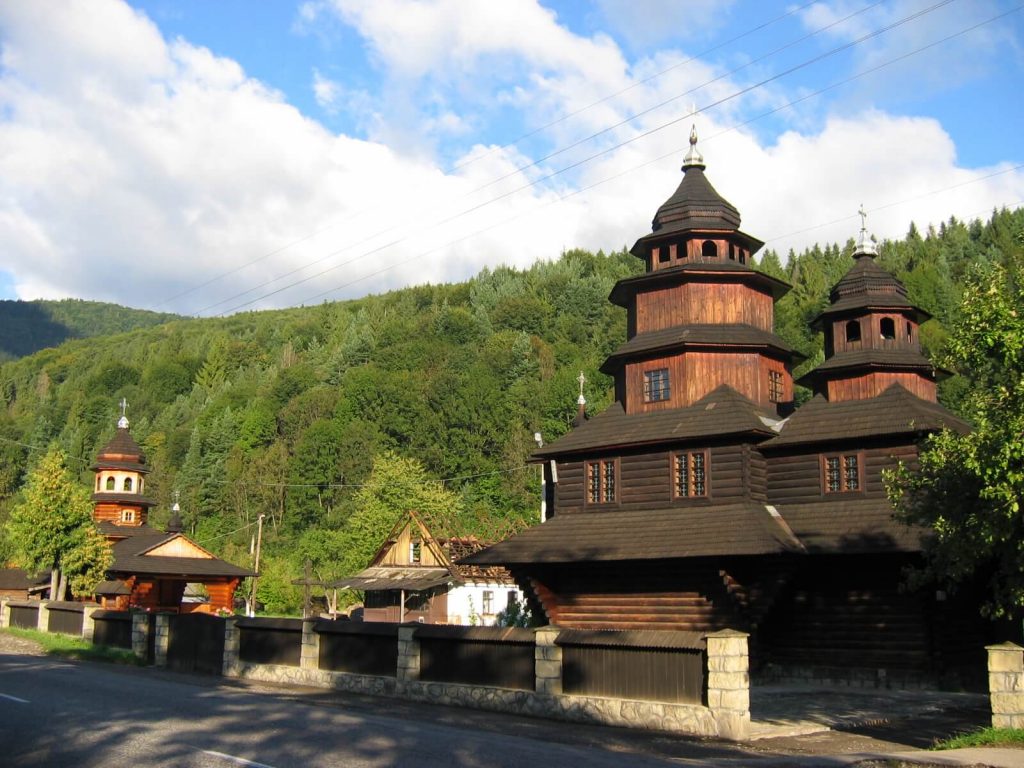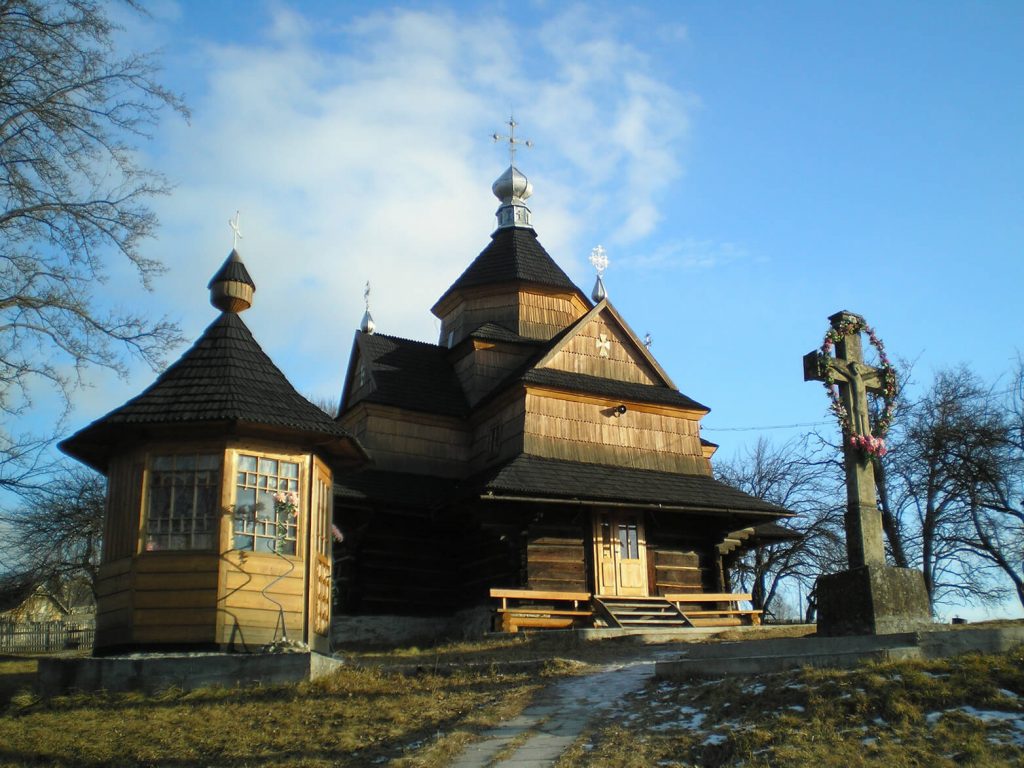In 1935, the engineer, General Leon Berbecki came up with the idea to construct the observatory on Pip Ivan under the starry sky of the Carpathians.
The style of this project was similar to the concept of "organic architecture", whose ideals were integrity and connection to nature. The shape of the structure was supposed to be determined by its specific designation and unique environmental conditions.
Nearly 1500 cubic metres of stone had to be collected at the top of the mountains by the local population for the future observatory. The construction started intensively in 1936.
Over the period of two years, on the top of the mountain there appeared a building shaped as a mirror image of the Latin letter L. In those times, it was described as “monumental”. The walls made from limestone blocks were 1.5 meters thick. The building had five floors, 43 rooms and 57 windows.
Meteorological observations were made by Franciszek Wiatr, Bernard Liberra, Stefan Schyrbak. The latter also made approximately 70 visual estimates of the brightness of twinkling stars, took a series of pictures showing the rotation of Mars and identified six positions of Comet Brooks. He spent around twenty hours searching for new comets with the help of a 80-millimetre telescope.
Owing to the fact that the mountain lay across the Poland -Czechoslovakia border, (since 1939, at the Poland-Hungary border), it was decided to create a border protection corps there (Polish: Korpus Ochrony Pogranicza, KOP). Unfortunately, the observatory functioned for one year only. On September 1st, 1939 the World War II began. Germany invaded Poland, and on September 17th the Soviet invasion started. On September 18th the workers and soldiers of KOP had to leave the Observatory. According to the instructions, part of the equipment and documentary had to be destroyed.
During Soviet regime the observatory wasn’t used. Only in 1963, the building was remembered of again. Ivano-Frankivsk organization “Oblproekt” explored the site. The project report of 1963 included not only renovation but also expansion and the construction of additional facilities, namely a large accumulator station.
At the beginning of the 1990’s in the independent Ukraine, Ivano-Frankivsk Regional State Administration returned to the idea of reconstructing the observatory. The new idea of reconstructing the Observatory and assigning new objectives and tasks to it was generated from the vision shared by the Center for the East European Studies at the University of Warsaw and Vasyl Stefanyk Precarpathian National University. Starting from 2012, the reconstruction of the site is financed on a regular annual basis. A large proportion of the work was funded by the Ministry of Culture and National Heritage of the Republic of Poland and from 2016 by the Ministry of Foreign Affairs of the Republic of Poland under the Program of the Polish Development Cooperation “Polska Pomoc”.
The restored maintenance buildings began to host permanent tenants, i.e. rescuers. In the cleared facilities, one can see the authentic tiles and elements of the former interior which survived vandals and nature.
The International Research Center “Observatory” established with the combined forces of Vasyl Stefanyk Precarpathian National University and the Center for the East European Studies at the University of Warsaw will be used not only for astronomical or meteorological observation. Taking into account its location on one of the tallest peak of the Chornohora range of the Ukrainian Carpathians, the site can have a variety of uses. A completely new area is mountain rescue – a rescue station at the Observatory managed by the State Emergency Service of Ukraine in cooperation with the GOPR-Biesczady. One more area of use is organization of Polish, Ukrainian and international research, both individual and group ones, as well as students’ training in biology, botany, nature study, geology, astronomy, geography, meteorology, climatology, tourism, etc.







